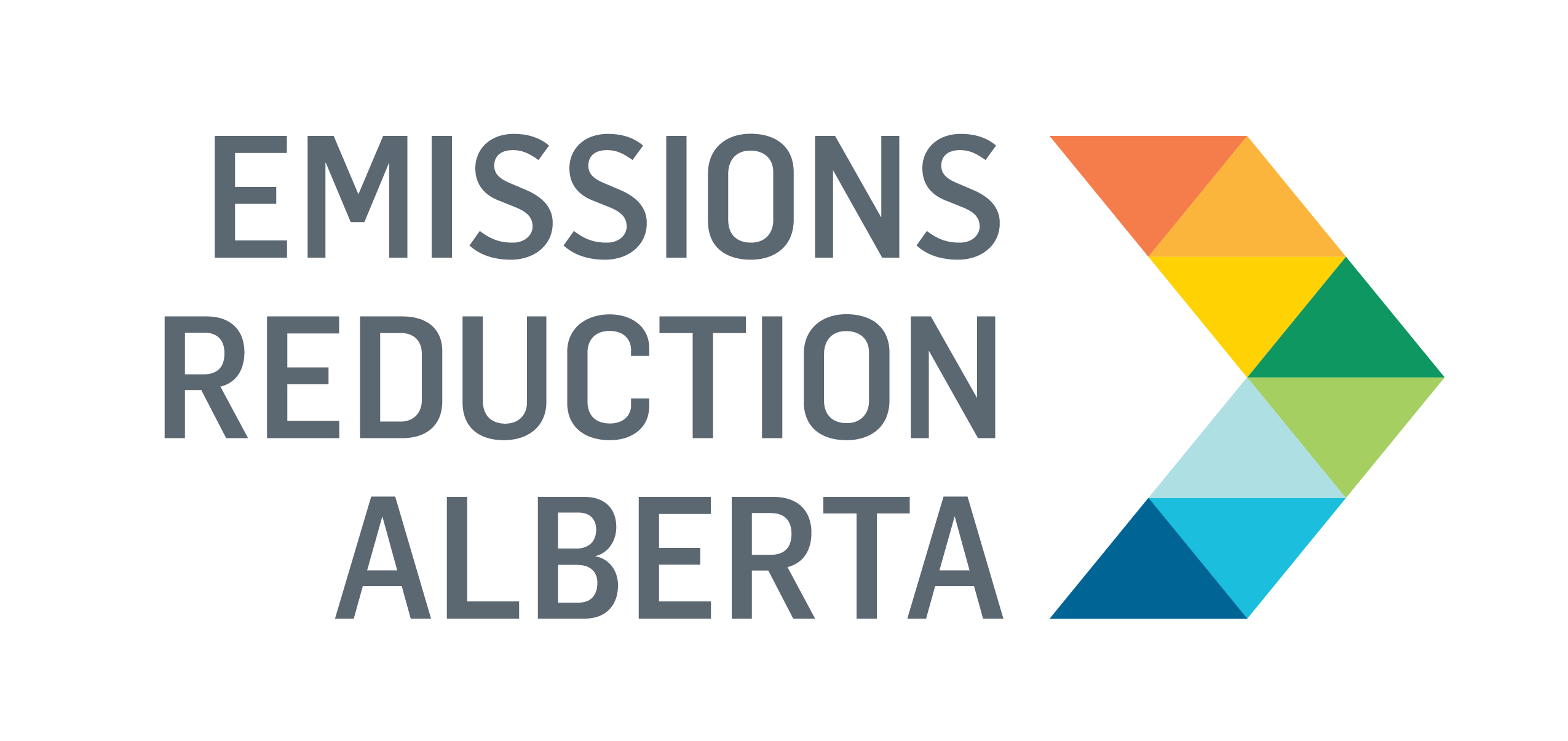Tool to Quantify Methane Emissions from Ground-Level Sources
Approved for funding in ERA’s Methane Challenge in 2017, Minnich and Scotto modified and field-tested their software package for calculating the methane emission rate from upstream, ground-based oil and gas industry sources. By project completion in 2019, the upgraded e-Calc 2 became a fully integrated, real-time measurement system for methane emissions rate.
The e-Calc software, developed by Minnich and Scotto, calculates 15-minute average mass-per-time emission rates from most ground-level oil and gas industry source types, such as production pads, transmission lines, oil sands mine faces, and tailings ponds. E-calc employs inverse dispersion modelling based on AERMOD, the U.S. Environmental Protection Agency’s Guideline air dispersion model. It predicts the source emission rate from a measured downwind path integrated concentration and onsite meteorology. However, it requires significant upfront effort to accurately simulate the essential model input parameters, i.e. vertical wind profile and atmospheric turbulence.
Partnered with Alberta-based Boreal Laser, Minnich and Scotto developed a methane quantification package to enable existing laser-based sensors to be used in conjunction with AERMOD, to convert methane concentrations to real-time calculation of leak rates. The project modified the e-Calc software to accommodate a more sophisticated treatment of meteorology and improve ease of use, eliminating pre-field tasks.
Project Developed for Emission Rate Quantification System
The project developed an upgraded version of the software, e-Calc 2, combined with a Boreal Laser Tunable Diode Laser (TDL) and Met One Instruments’ meteorological monitoring equipment, to form a methane emissions rate monitoring system. The system proved it can generate emission rates under most daytime meteorological conditions from methane sources in real time, and the upgrades made to the software to handle a more robust treatment of meteorology successfully eliminated the need for arduous pre-field preparation. The field-testing results from controlled releases on simulated facilities, conducted at Innotech Alberta, lack accuracy regarding predicted versus actual release rates, but led to an established Set of Specifications to facilitate the commercialization of a fully integrated system. The project successfully integrated equations to advance meteorology incorporation and improve system design, demonstrating the overall system as market-ready. However, further development and testing are needed for the technology to advance in the Alberta market.
What’s next?
Post project, the e-Calc 2 software saw minimal interest from Alberta’s oil and gas industry. The project advancements of the system enable better quantification of methane emissions from other emission sources, where it may be more aptly suited, such as feedlots, mines, and landfills that accommodate open-path laser sensors. While this specific technology was unsuccessful in the market, alternative solutions are being pursued, such as detection and measurement technologies with onsite hardware for imaging and quantification.
